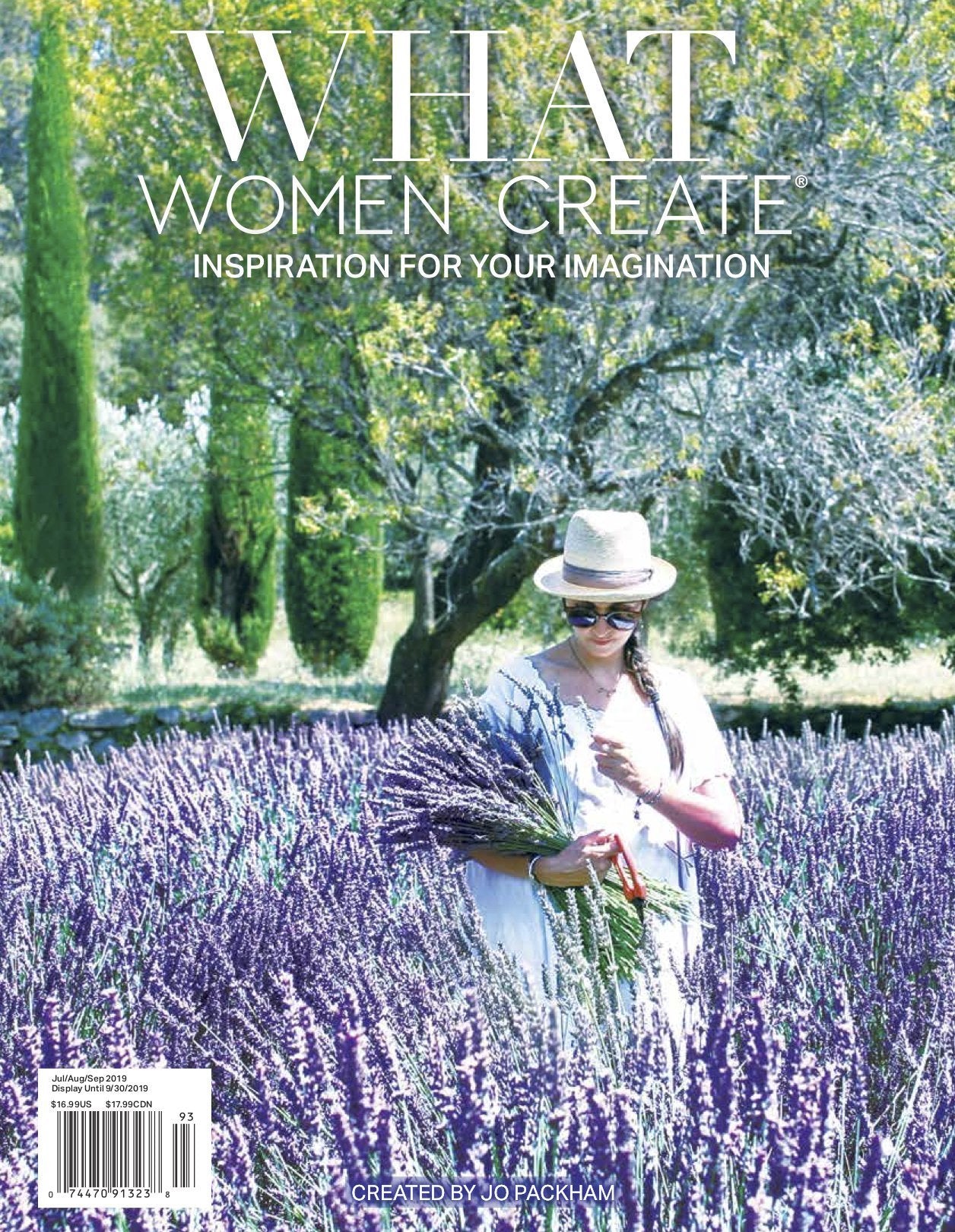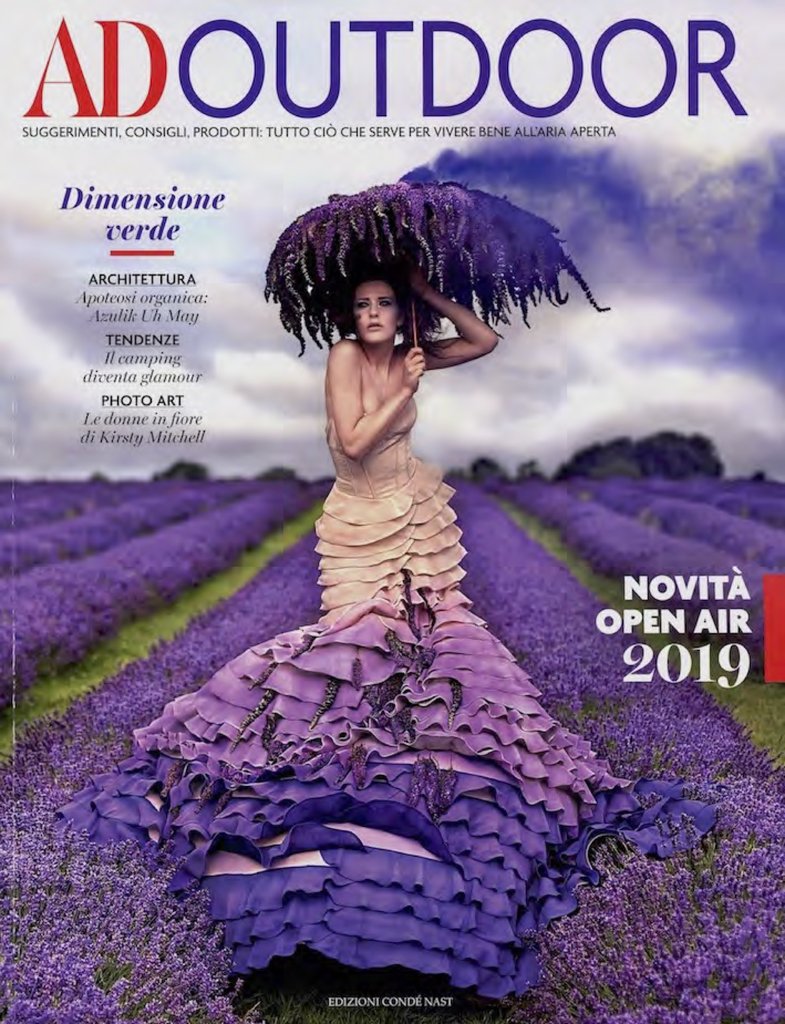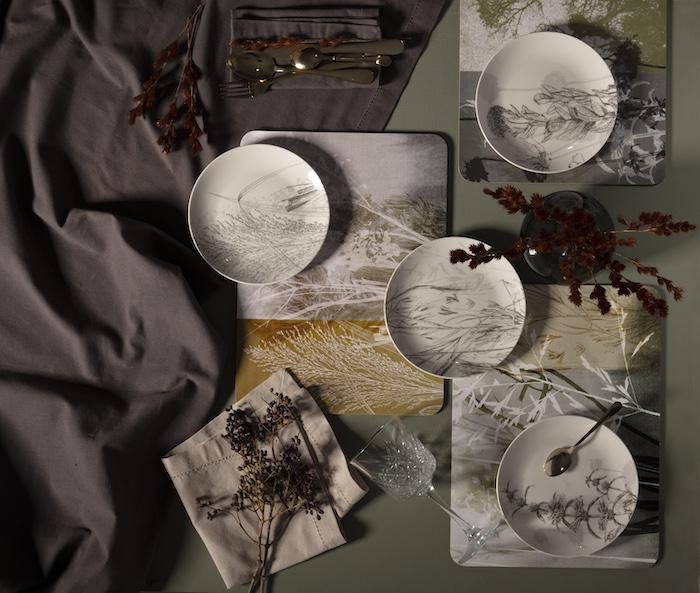
WHAT WOMEN CREATE - INSPIRATION FOR YOUR IMAGINATION


Johannesburg fabric designer Amanda du Plessis, founder of Evolution Product, explores South Africa's unique botanical history through her hand-dyed fabrics and delicate sunprints.

My Johannesburg home features a number of cushions and panels from various fabric lines I've explored, tracing the evolution of my pursuit of South Africa's cultural and botanical history. The Evolution Product studio, an extension of my home, holds fabrics from various ranges stored in shelves and cupboards, as well as mood boards for recent collections and designs.
Accompanied by my two dogs, Jack-Jack and Bella, I love to collect grasses and proteas from the Melville Koppies for my sunprint fabrics. The skyline of Johannesburg's CBD contrasts with this rocky ridge preserved in its midst. What amazes me is that every time I go onto the koppie—every time I go into the veld—the flowers and plants have changed. It has made me so aware of how quickly the botanical landscape changes.
I've got about ten seconds to put the plants down before the sun starts printing. When I make my exquisite "Botanical Blueprint" and "Silverprint Silhouette" hand-printed fabrics, I start with locally woven linen that's been dipped in light-sensitive chemicals and spread out in the sun. I will have carefully composed arrangements of indigenous plants and grasses that I've collected with the print they'll leave behind in mind. I speedily transfer them onto the fabric the minute it's ready—it's an intensely concentrated few moments and I must work quickly and decisively. Once they're on the cloth, they can't be moved around because the printing process starts immediately.
As the chemicals react to the light, the sun prints the images of the plants onto the fabric. The patterns are revealed properly as the chemical salts are rinsed from the fabric, and the ghostly silhouettes of the plants are fixed. The process essentially reinvents old photography techniques, but on cloth. These are more like contact than the later printing methods that allowed duplication; each contact print is a one-off. Every single piece is different and unique.

The process of making fabrics for Evolution's "Botanical Sunprint" range, using a method that employs silver and iron salts, produces earthy colours. The iron is rinsed away and the silver salts fixed to preserve the image. I started developing the idea for this technique when I first encountered the botanical prints of Thomas Blagrave in the archives at the South African National Biodiversity Institute (Sanbi). Thomas Blagrave was a retired Lieutenant Colonel in the British army, and he made incredible photograms of ferns in the 1800s. I had collaborated with Sanbi before, finding ways to reproduce the fascinating botanical visual history I'd found in their archives, especially examples that departed from the photographic perfection of mainstream botanical art.
When one of the archivists unearthed a white leather-bound volume of Blagrave's work that hadn't been taken down for decades, she called me immediately. Blagrave had improvised a form of early contact photography. He dipped paper in egg white and lemon juice and we don't know what else, which left a kind of glaze on the paper. He then put ferns directly onto it and exposed them to the sun, and somehow there was a reaction and they photographed.
Cyanotyping was developed by a man called John Herschel in 1839. Herschel was a British astronomer, scientist and botanist who came to South Africa in 1833 to study the night skies, and also produced more than a hundred botanical drawings during his stay. "Botanical Blueprints" was born. "Can you do it in other colours?" I asked my collaborators. "No," was the response. "That's why it's called blue printing." Not one to take no for an answer, I persisted, and we experimented with other old photographic processes. One, using silver and iron salts, produced beautiful earthy brown and chocolatey tones. "Silverprint Silhouettes" was born.

I began digitally manipulating the colours and printing some of his images onto fabric, resulting in beautiful luminous plant patterns, and I called the range "Blagrave's Ferns". But his unusual technique intrigued me, and for the first time I started considering how I might engage with that in my designs, and not just the images. Belgrave really inspired us to start looking at how he made his prints, and not just what they looked like.
After researching the idea—often months or even years of research precede one of my fabric ranges—I began working with a photographic studio that specialised in arcane photographic printing techniques. They played around with a technique called blueprinting—the same method used in early photography and which architects used up until the middle of last century to duplicate the drawings—also known as cyanotyping. In one of the fortuitous discoveries that rewarded my careful research, it turned out there was a connection between this technique and local visual history, too.


 I first ventured into textile design when I met a specialist weaver while consulting to a fashion designer. I originally studied fashion design and had a successful career as a purchaser for various fashion retailers in South Africa. I had developed and launched a number of local fashion brands along the way, before taking a step back when I started my family. I resumed my career consulting to local designers. The concept I was working on in this particular instance was eventually abandoned, but the weaver encouraged me to pursue my ideas in my own right. I did, and they eventually evolved into my first fabric range.
I first ventured into textile design when I met a specialist weaver while consulting to a fashion designer. I originally studied fashion design and had a successful career as a purchaser for various fashion retailers in South Africa. I had developed and launched a number of local fashion brands along the way, before taking a step back when I started my family. I resumed my career consulting to local designers. The concept I was working on in this particular instance was eventually abandoned, but the weaver encouraged me to pursue my ideas in my own right. I did, and they eventually evolved into my first fabric range.
My father had just passed away and he had left me amazing files from our family archive. I drew on graphic details from the crests, stamps and handwriting I found to develop the range. I started spending time in various local archives and I just couldn't believe what I saw. One of my earliest ranges drew on the archives and notebooks of pioneering 19th-century scholars Lucy Lloyd and Wilhelm Bleek, who spent years documenting and preserving the vanishing language and culture of the San people in the Cape.
That evolved into our looking at different South African stories. During my forays into various archives, I found rich visual histories of some of the first European explorers who came to South Africa, and as one discovery led to another, range after range started taking on distinctly botanical flavour.
Along the way, I also expanded my range of techniques to include not just digital prints, but also embroidery, various dyeing methods and eventually the sunprints, too. Chance discoveries and lucky finds continue to reward my habit of painstaking research and ongoing appetite for delving into archives. Recently, after a fruitless search at Sanbi, my eye happened to fall on a box of lithograph blocks from an agricultural magazine dating back to the 1930s, opening up another decorative exploration of the country's relationship with its landscape.
These doors just keep opening, and I will carry on pursuing what they reveal so that the stories can be told. In the process, the country's decorative tradition is suffused with a highly original and inventive engagement with its botanical history. The hidden life of plants is having its moment in the sun!
AMANDA DU PLESSIS
WEBSITE: EvolutionProduct.co.za
INSTAGRAM: @Evolution_Product

